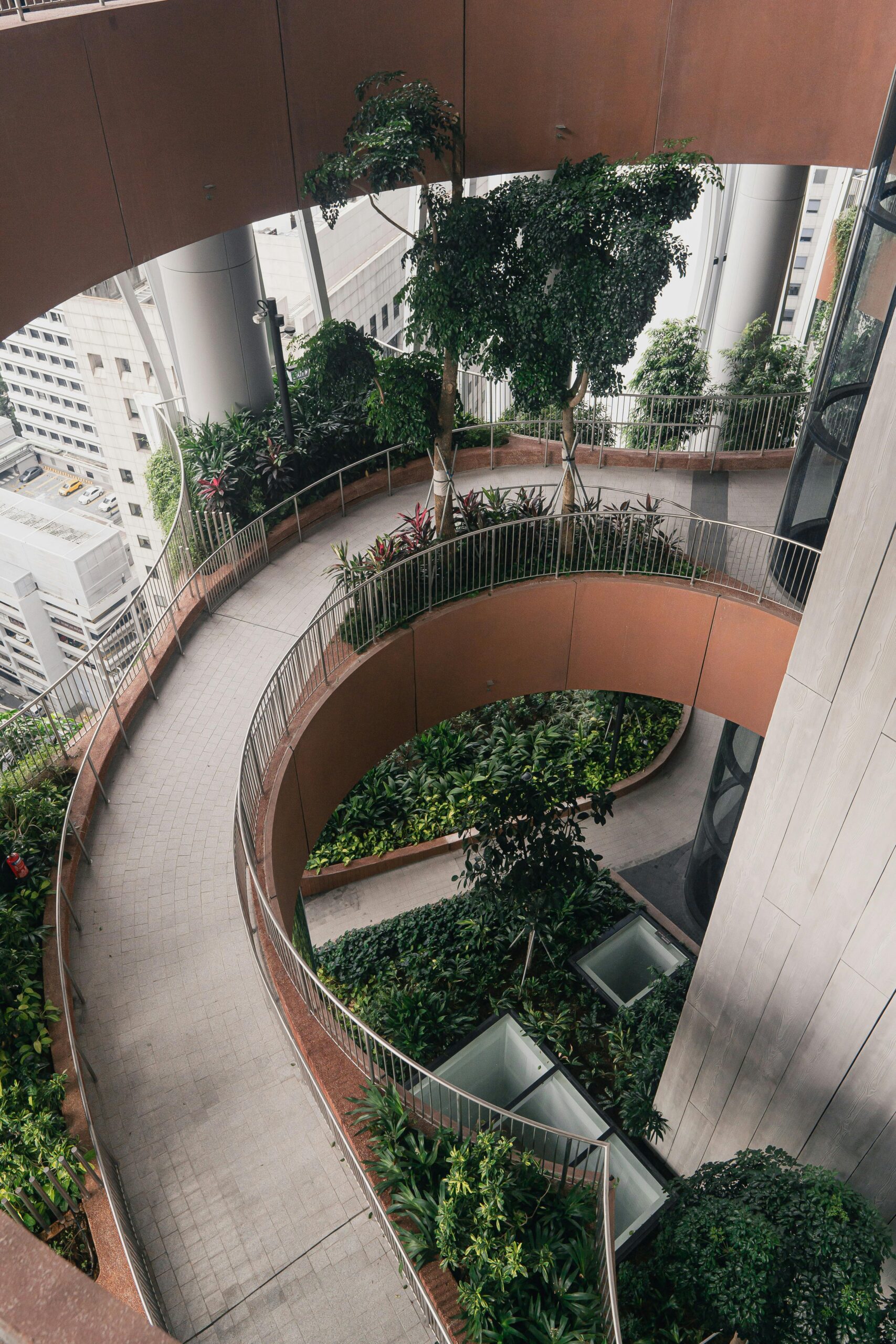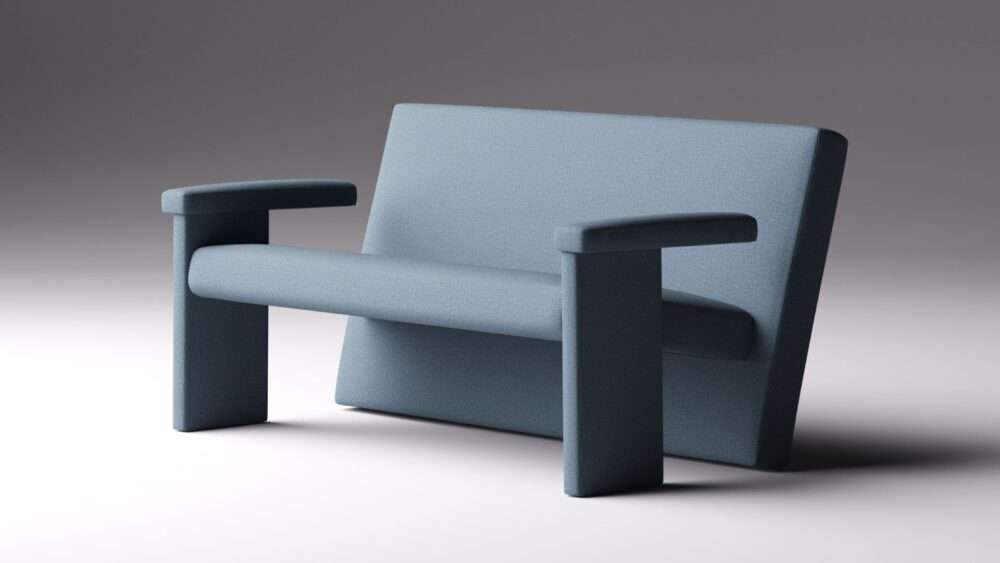The Role of Biophilic Design in Modern Architecture
Biophilic design is an architectural approach that seeks to connect people with nature through the built environment. This concept has gained significant attention in modern architecture, as it promotes well-being and enhances the quality of life. This article explores the principles of biophilic design and its application in contemporary architecture.
Understanding Biophilic Design
Biophilic design is grounded in the idea that humans have an innate connection to nature. By integrating natural elements into architectural spaces, such as plants, natural light, and water features, architects can create environments that nurture and inspire. This approach not only enhances aesthetic appeal but also improves mental health and productivity.
Key Elements of Biophilic Design
- Natural Light: Maximizing natural light in architectural design helps create a sense of openness and reduces reliance on artificial lighting. Large windows and skylights are common features in biophilic designs.
- Green Spaces: Incorporating greenery, such as indoor plants, green walls, and landscaped areas, fosters a connection with nature and enhances air quality.
- Water Features: The presence of water in design, whether through fountains or reflective pools, promotes tranquility and a soothing atmosphere.
- Natural Materials: Utilizing materials that reflect the natural environment, such as wood, stone, and clay, adds warmth and texture to spaces.
Case Studies of Biophilic Design
Several modern architectural projects exemplify the principles of biophilic design. For instance, the Amazon Spheres in Seattle combine lush plant life with a unique architectural structure, creating a vibrant workspace that encourages creativity and collaboration.
Finally, find out more on ArchUp:







